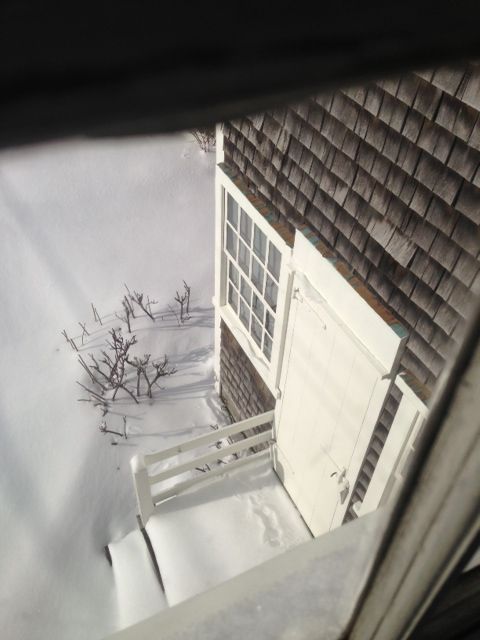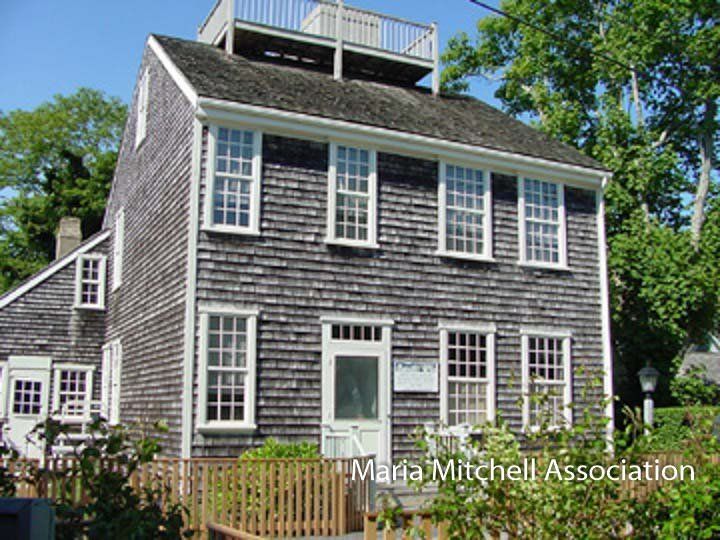Awakening the Mitchell House
Unlike a teenager who is terrible about being rousted out of bed, the Mitchell House happily stretches, takes a shower, eats her breakfast, and begins her day. That said, she has to take a supremely long shower in order to make sure she is in tip-top condition for presenting herself to the public.
About five months ago in this blog, I briefly detailed buttoning up the House for the winter and the sadness it always brings for me.
Opening the House however is a whole different thing emotionally because even though the cleaning is again intensive – removing mildew from the front sitting room ceiling (my neck gets a work out!), vacuuming high and low, dusting everything, washing the floors, washing all the sheets that were covering everything, moving all the furniture back into place, putting out all the artifacts, bringing back the fine art, cleaning out the garden and planting, working on administrative tasks that need to be completed for opening, and training one summer intern who arrives in late May or early June (tired yet?!) – the House looks like a home again and everything is in its place, and all is right with the Mitchell House world. Classes begin, workshops are led, and visitors come for their first visit or their twentieth visits to see what’s new.
And there is always something new to share at Mitchell House and there is always a conservation or preservation project that took place while the House was buttoned up or is currently in progress. This spring, we completed the painting of the southern façade’s sashes – thank you Jim Tyler and Crew and to the Community Preservation Act for the funding – and the UV filters on the southern façade’s sashes were also replaced – thank you warranties and New England Sun Control! The front of the House – the southern façade – takes a beating and even the UV are no match for that sun after ten years so they were replaced. And we completed some further mending of the 1790 chimney – thanks to Pen Austin our mason!
The House is a happier, less depressing looking place once it is open. The piles of sheets are folded and put away for a few months (only about eight loads − I tell you, I do everything at work that I do at home just on a more intensive and careful level!), the garden is in full bloom with foxgloves abounding, and we are ready for a productive summer of classes, visitors, research, and conservation projects. So please, do stop by – whether it is your first time or your twentieth – and we will show you just what makes Mitchell House so special and what we have completed and learned over the course of another winter!
JNLF
Recent Posts





